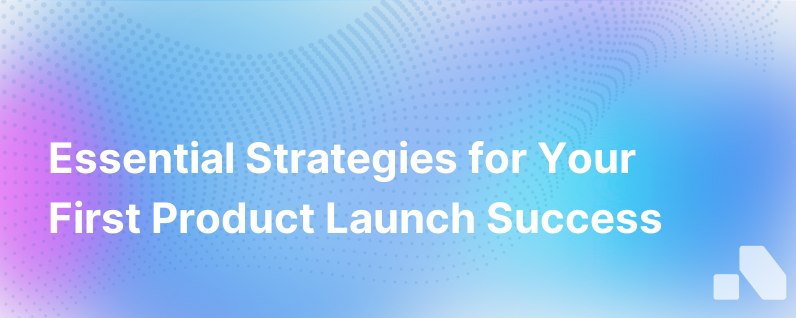
Launching your first product is a major milestone for any startup. It’s a culmination of countless hours of research, design, development, and testing. Yet, merely building a great product is not enough. A successful product launch requires thoughtful planning, tactical execution, and rigorous tracking. It can mean the difference between floundering in obscurity or scaling to new heights.
However, for many early-stage startups, the prospect of executing that first product launch can be daunting. In this article, we’ll break down critical steps to guide you through this process successfully.
Step 1: Define Your Product’s Unique Value Proposition
One of the biggest mistakes startups make is building a 'me too' product: one that's a mere clone of existing products but doesn’t stand out in any meaningful way. To succeed, your product must offer a unique value proposition (UVP) – a compelling reason that sets your product apart and makes it the best solution for a specific problem.
Know exactly how your product addresses a uniquely identified market need. From the outset, every decision should be customer-centric, from product design to marketing communications.
Step 2: Identify Your Target Market
Your product's success largely depends on reaching the right audience. A deep understanding of your target market will inform how you position your product, craft your messaging, and plan your go-to-market strategy.
Develop buyer personas to identify your ideal customer. Understand their needs, motivations, pain points, and purchasing behavior. Then, use these insights to tailor product messaging that resonates with your audience.
Step 3: Nail Your Pricing
Pricing is one of the most critical aspects of a product launch, yet one that many startups overlook or leave till the last minute. Your pricing shouldn’t just cover your costs but also align with the perceived value of your product.
Dig into your competitive analysis, target market data, and customer feedback to ensure that your pricing is competitive, yet sustainable in the long run.
Step 4: Create a Launch Plan
A product doesn’t launch itself. Create a detailed launch plan that lists out your goals, key milestones, resources, responsibilities, and timelines. Align your team around this plan and make sure everyone understands their roles and responsibilities.
Your launch plan should specify a clear go-to-market strategy that outlines your marketing channels, tactics, and KPIs. Be clear about what success looks like and how you will measure it.
Step 5: Build Hype Pre-Launch
The buzz around your product launch should start way before the actual launch day. Leverage social media, email marketing, PR, and content marketing to generate awareness and excitement around your product launch. Consider releasing teaser videos, blog posts, and sneak peeks of your product to your audience to fuel anticipation.
Recruit brand advocates and influencers who can help amplify your message. Offer exclusive access or perks to early adopters to encourage sign-ups and spread the word.
Step 6: Execute and Follow Through
Roll out your launch plan with precision and fanfare. Ensure all teams (marketing, sales, customer service, etc.) are aligned and ready to handle the influx of queries and feedback. Provide ample training and support to your team so they can deliver a perfect customer experience from day one.
Step 7: Listen and Respond to Customer Feedback
After your product goes live, listen carefully to customer feedback and adapt accordingly. Respond promptly to issues, and use this feedback to drive product improvements. Publicly acknowledge and thank customers for their feedback. This will foster trust and loyalty among early-users.
Step 8: Track Your KPIs
Lastly, monitor important metrics like website traffic, conversion rates, average transaction value, customer satisfaction scores, etc. Understand what's working and where there's room for improvement.
Conclusion
Launching your first product is a complex process that requires careful planning, execution, and tracking. While it can be challenging, by following these steps, you can set yourself up for a successful launch and a lucrative future.
Remember, your launch is just the start of a journey with your customers. The real secret of a successful product launch lies in the ability to continually engage your audience, deliver exceptional value, and adapt swiftly based on customer feedback.
At Aomni, we help B2B teams streamline their sales process using AI. Whether it's identifying the right customers, crafting a unique value proposition or executing your go-to-market strategy, we're here to help businesses grow and succeed.